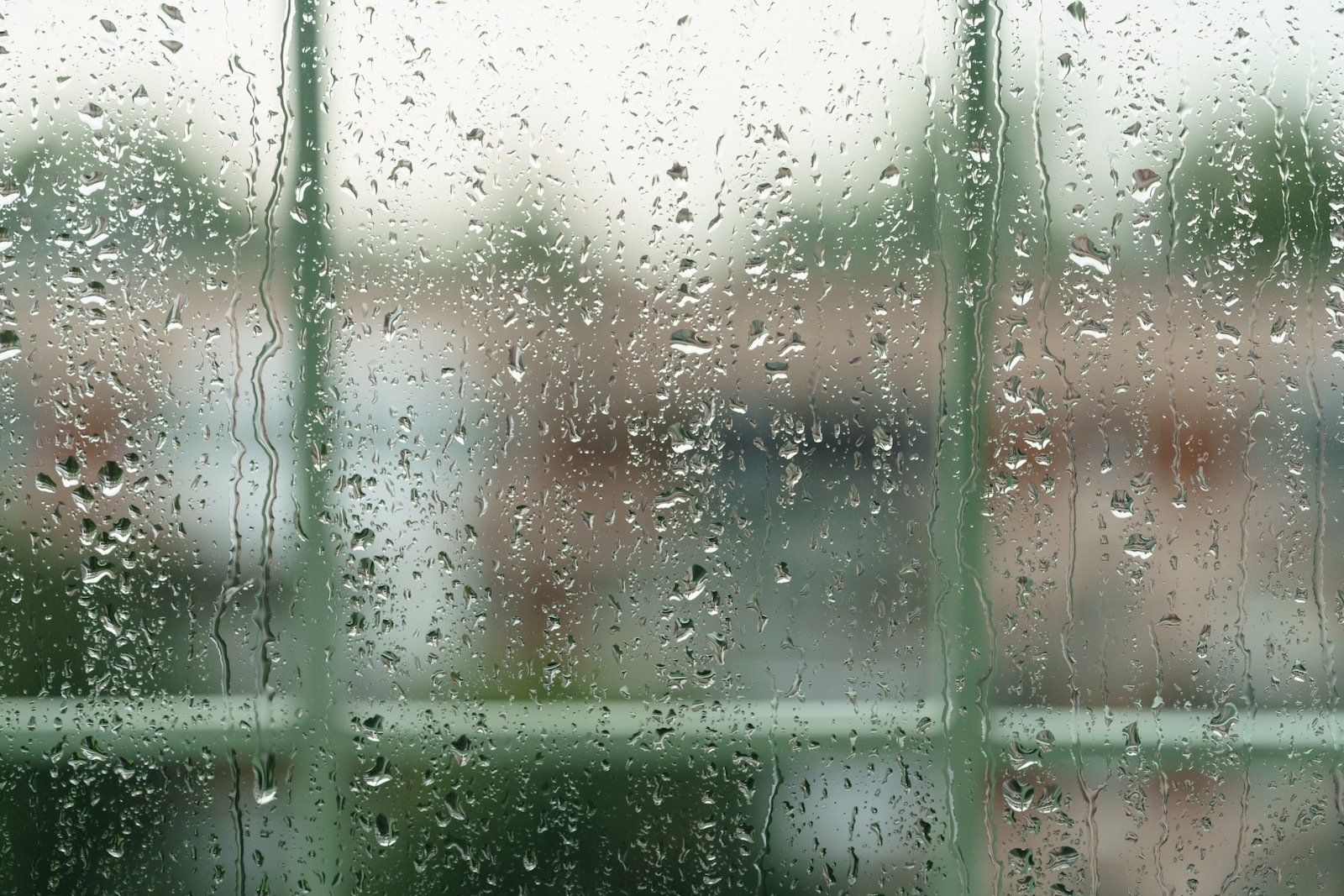How to Stop Your Basement from Flooding

Basement flooding is a common issue that can lead to significant damage to your home and personal belongings. Whether caused by heavy rainfall, snow, or plumbing issues, preventing basement flooding is essential to maintaining a dry and safe home environment. This guide will explore various strategies and solutions to help you stop your basement from flooding.
1. Understanding the Causes of Basement Flooding
Before diving into preventive measures, it’s important to understand the common causes of basement flooding:
Heavy Rainfall and Storms: Heavy rains can overwhelm drainage systems, causing water to seep into your basement. Poorly graded landscapes that direct water towards your home can exacerbate this issue.
Melting Snow: When snow melts rapidly, the ground can become saturated, leading to water infiltration into your basement.
Plumbing Issues: Burst pipes, leaking water heaters, and faulty sump pumps can cause significant water damage and flooding in your basement.
Poor Drainage: Clogged or inadequate drainage systems can lead to water pooling around your home's foundation, eventually finding its way into your basement.
Foundation Cracks: Cracks in your home’s foundation can allow water to seep into your basement during heavy rain or snowmelt.
2. Preventive Measures to Stop Basement Flooding
Implementing preventive measures can help protect your basement from flooding. Here are some effective strategies:
Ensure Proper Grading: Make sure the ground around your home slopes away from the foundation. This prevents water from pooling around your home and reduces the risk of basement flooding. You can achieve this by adding soil to create a gentle slope away from your house.
Install and Maintain Gutters and Downspouts: Gutters and downspouts are crucial for directing water away from your home. Ensure they are clean and free of debris. Extend downspouts at least five feet away from your foundation to prevent water from seeping into your basement.
Seal Cracks and Gaps: Inspect your foundation, walls, and floors for cracks or gaps and seal them with appropriate materials such as epoxy or polyurethane. This will help prevent water from entering your basement.
Install a Sump Pump: A sump pump is an essential tool for keeping your basement dry. It collects water from a sump basin and pumps it away from your home. Make sure your sump pump is working correctly and consider installing a battery backup system to ensure it operates during power outages.
Improve Drainage Systems: Ensure your home’s drainage system is adequate. French drains, which are trenches filled with gravel or rock containing a perforated pipe, can help redirect water away from your foundation. Also, consider installing exterior and interior drainage systems to manage water effectively.
Waterproof Your Basement: Applying a waterproof coating to your basement walls and floors can provide an additional layer of protection against water infiltration. Products like waterproof paints, sealants, and membranes can help keep your basement dry.
Maintain Your Plumbing System: Regularly inspect your plumbing for leaks and repair any issues promptly. Install a backwater valve to prevent sewage from backing up into your basement during heavy rain.
3. Additional Tips to Prevent Basement Flooding
In addition to the primary preventive measures, here are some additional tips to keep your basement dry:
Install Window Well Covers: Basement windows can be a source of water entry during heavy rain. Install window well covers to prevent water from pooling around your basement windows.
Clean and Maintain Your Gutters: Regularly clean your gutters to prevent clogs that can cause water to overflow and seep into your basement. Consider installing gutter guards to reduce debris buildup.
Landscape Wisely: Choose plants and landscaping features that help manage water flow around your home. For example, use native plants that can absorb more water and consider creating swales to redirect water away from your foundation.
Monitor Your Water Table: If you live in an area with a high-water table, consider installing a dehumidifier in your basement to manage humidity levels and reduce the risk of mold and mildew growth.
Regular Inspections: Perform regular inspections of your basement and foundation to identify and address potential issues before they become significant problems. Look for signs of moisture, water stains, or mold growth, and consider mold remediation if any of these are present.
Keep Valuables Off the Floor: Store important documents, electronics, and other valuables in waterproof containers or on elevated shelves to protect them from potential water damage.
Install a Water Alarm: Water alarms are inexpensive devices that can alert you to the presence of water in your basement. Place them near potential sources of leaks, such as water heaters, sump pumps, and plumbing fixtures.
4. What to Do If Your Basement Floods
Despite your best efforts, basement flooding can still occur. If you experience a flood, follow these steps to minimize damage and ensure safety:
Turn Off the Power: If it is safe to do so, turn off the power to your basement to prevent electrical hazards. If you cannot safely access your electrical panel, contact a professional.
Remove Water: Use a wet/dry vacuum, sump pump, or mop to remove standing water. If the flooding is severe, you may need to contact a professional water removal service.
Dry and Dehumidify: Once the water is removed, use fans, dehumidifiers, and heaters to dry out your basement. This will help prevent mold and mildew growth.
Clean and Disinfect: Clean and disinfect any affected areas to prevent mold and bacteria growth. Use a mixture of water and bleach or a commercial disinfectant to clean walls, floors, and other surfaces.
Remove Damaged Items: Remove and dispose of any items that are beyond repair. Salvageable items should be thoroughly cleaned and dried before being returned to the basement.
Inspect for Structural Damage: Check your foundation, walls, and floors for signs of structural damage. If you notice any issues, contact a professional for repairs.
Document the Damage: Take photos and document the extent of the damage for insurance purposes. Contact your insurance company to file a claim and seek guidance on the next steps.
Are you prepared?
Preventing basement flooding requires a combination of proactive measures and regular maintenance. With our Prime Promise, you can be assured that we will provide top-notch services and support to help keep your basement dry and secure. By understanding the causes of flooding and implementing the strategies outlined in this guide, you can protect your home and maintain a dry, safe basement. Remember, a little effort now can save you a lot of trouble and expense in the future. Stay vigilant, keep your home in good repair, and enjoy the peace of mind that comes with a flood-free basement.
Why Choose All-Clean USA?
When a basement flood strikes, the aftermath can be both overwhelming and stressful. At All-Clean USA, based in Arkansas and founded by Brett Overman in 1993, we are a trusted leader in residential restoration. With over 40,000 successful restoration projects completed, our expertise and commitment to excellence in disaster recovery are unmatched.
Our specialized Water Damage Remediation team is equipped to respond swiftly and efficiently to any basement flood. We quickly extract standing water to minimize immediate damage and thoroughly dry affected areas to prevent further complications. Don't let a basement flood disrupt your life. Trust the experts at All-Clean USA to restore your home quickly and efficiently. Contact us today for immediate assistance.


